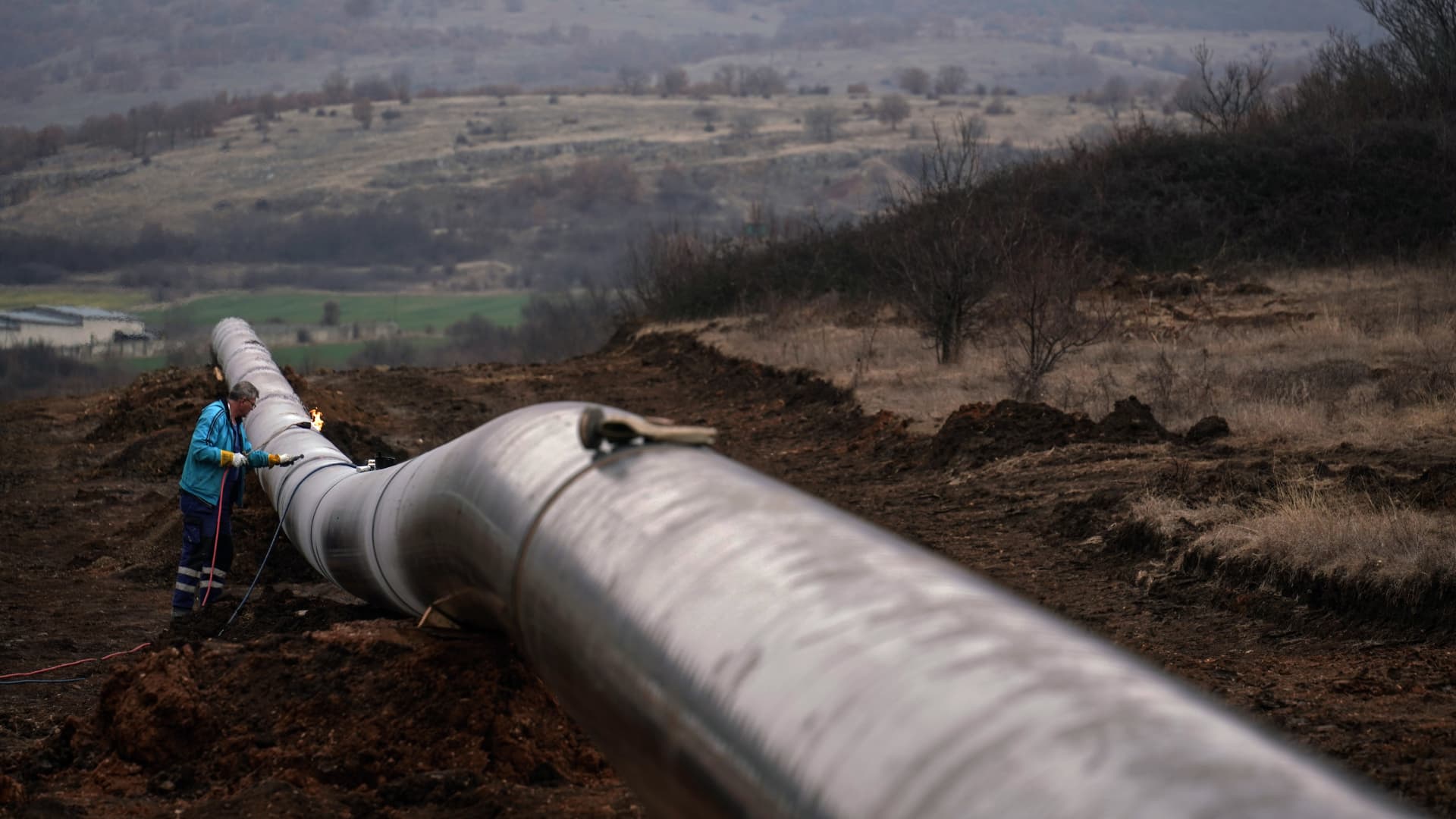Coal Mining In Extremo

In the Appalachian region of the United States, mountaintop removal mining of coal is still a common practice. With the help of tech, algorithms, and satellite imagery, it might finally come to an end.
By Frank Odenthal
For millions of people around the world, burning coal as a source of energy is a daily reality. Despite the damages coal and other fossil fuels cause to the environment, especially to our climate, it‘s still being mined, even in advanced economies like Germany or the UK.
Surface mining is particularly harmful, as it literally turns the terrain upside down and leaves it massively degraded.
One of these surface mining techniques — mountaintop removal mining — is so harmful that one wouldn’t expect it to be utilized in the 21st century anywhere at all. Alas, this method of extraction is still used in the United States.
For those who live in one of the central Appalachian states of Virginia, West Virginia, Kentucky, or Tennessee, mountaintop removal mining is a daily reality, too. “You need very big machinery and a lot of explosives, and then you blow off the top layers of the mountains to expose the coal seams below,” said Erin Savage, a senior programs manager at Appalachian Voices, a West Virginia-based NGO working to stop mining via mountaintop removal.
Over the last several decades — at least the past 40 years — coal companies have been looking for increasingly cheaper ways to extract coal. About 500 mountaintops have been removed so far, and some coal mining companies are still to this day applying for permits to extract coal in this manner.
ALL THAT BLASTING, ALL THAT COAL-TRUCK TRAFFIC
The impact to the environment is severe. One of the main problems is the excess material that used to cover the mountaintops, which the coal companies place back in order to re-shape the mountain up into its approximate original height. But once that material is blown up, its volume tends to expand. “So they always have excess material,” said Savage, “and a lot of times what they do then is push that excess material over the edge of the mountains into the valleys below, burying headwater streams, which can cause a lot of long term water pollution in the downstream areas.”
Mountaintop removal mining devastates the landscape, turning areas that should be lush with forests and wildlife into barren moonscapes.
© Curioso Photography / Unsplash
” data-medium-file=”https://cleantechnica.com/files/2022/07/image3-400×400.jpeg” data-large-file=”https://cleantechnica.com/files/2022/07/image3-800×800.jpeg” loading=”lazy” class=”wp-image-270941 size-full” src=”https://cleantechnica.com/files/2022/07/image3.jpeg” alt width=”1000″ height=”1000″ srcset=”https://cleantechnica.com/files/2022/07/image3.jpeg 1000w, https://cleantechnica.com/files/2022/07/image3-400×400.jpeg 400w, https://cleantechnica.com/files/2022/07/image3-800×800.jpeg 800w, https://cleantechnica.com/files/2022/07/image3-150×150.jpeg 150w, https://cleantechnica.com/files/2022/07/image3-768×768.jpeg 768w, https://cleantechnica.com/files/2022/07/image3-600×600.jpeg 600w, https://cleantechnica.com/files/2022/07/image3-100×100.jpeg 100w” sizes=”(max-width: 1000px) 100vw, 1000px”>
Mountaintop removal mining devastates the landscape, turning areas that should be lush with forests and wildlife into barren moonscapes. © Curioso Photography / Unsplash
Furthermore, rebuilding mountaintops doesn’t actually revert the mountain back to its original state, as the blown-up material is subject to rainwater infiltration at much higher rates than it would be in its original geological state. So the water builds up and dissolves pollutants much faster; the latter then end up in the streams below, where they cause a number of problems.
Additionally, there is rich aquatic life, such as juvenile fish, macro invertebrates, and little insects living in the water, that is sensitive to those kinds of pollutants.
There are myriad human health studies, as well, about the correlation between close proximity to mines and various health issues. Dust seems to be a major contributor, emanating from the blasting, but also from the coal-truck traffic passing close to residential areas. Black lung is reportedly having a resurgence in the Appalachian region, as not only a growing number of miners are afflicted by it, but those living nearby as well.
Mountaintop removal has even made international headlines lately, as another West Virginia-based NGO called Skytruth published some impressive footage of Appalachian mountains with their tops blown away. “We’ve been working a lot with Skytruth over the years,” Erin Savage of Appalachian Voices recalled. For many people, even those from the region, it was the first time they could truly see the devastating impact of that particular mining practice.
MEASURING DIFFERENT WAVELENGTHS OF LIGHT
Skytruth is specialized in remote sensing, using Google Earth and other providers of publicly available satellite imagery to take a closer look at the land from above.
“Most recently, we started a project with them, where they essentially wrote an algorithm to use publicly available remote sensing imagery to measure how the reclamation of the degraded mountains and valleys is going,” Savage explained. “They look at the vegetation cover basically. How many trees are there, and how much grassland?”
Skytruth’s approach is to measure different wavelengths of light. They are using their algorithms to differentiate between the light that comes from a forest versus, say, a parking lot. But they also managed to identify areas that had some reclamation done, but were growing back as simple grassland or with non-native plants. “That was really pretty successful,” Savage recalled. “They were able to write a paper about how well reclamation is going.”
Coal mining companies in the four central Appalachian states are obliged by law to restore the land they’ve left behind. But many of the companies are falling behind on the reclamation standards. With the help of Skytruth, Erin Savage and Appalachian Voices were able to quantify it.
“But the problem is that some of the enforcement mechanisms that the law has don‘t really work anymore,” Savage explained. “For example, if coal companies have too many violations at previous mines, they get put on a list and can‘t get new permits. But now, with an end to the coal era at sight, a lot of these coal companies don‘t want new permits anyway, so they don‘t really care about their environmental obligations.”
The Beam reached out to one of the major coal companies in the region, Bluestone Coal Company, owned by West Virginia‘s Governor Jim Justice, for comments. As of today, there has been no response.
Originally published on FairPlanet
Appreciate CleanTechnica’s originality and cleantech news coverage? Consider becoming a CleanTechnica Member, Supporter, Technician, or Ambassador — or a patron on Patreon.
Advertisement
 This post has been syndicated from a third-party source. View the original article here.
This post has been syndicated from a third-party source. View the original article here.




